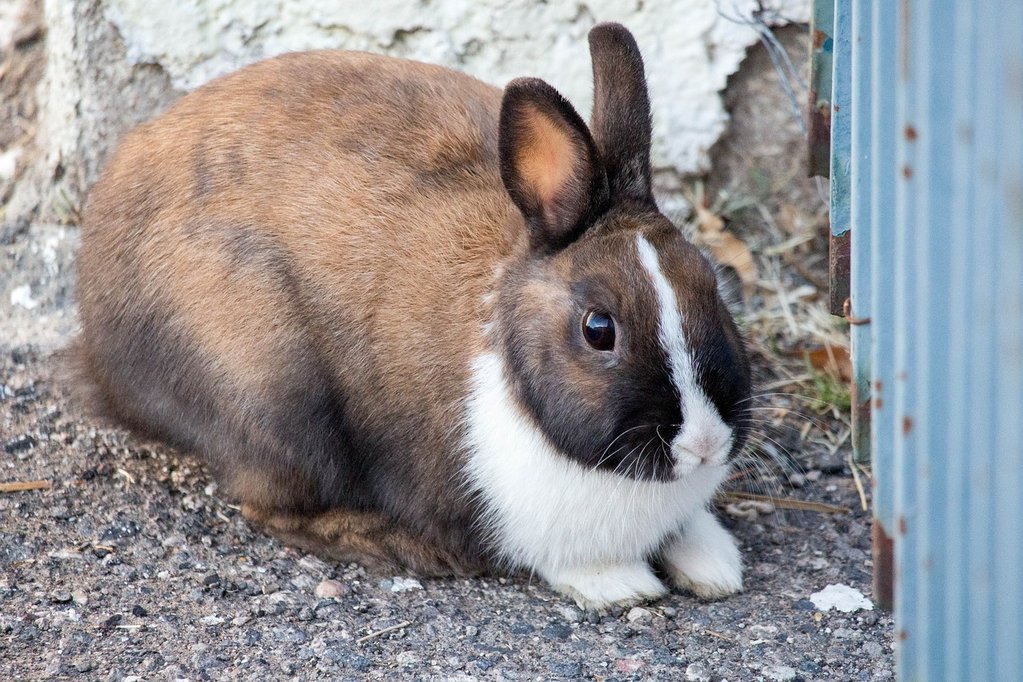ZIMSEC O Level Combined Science Notes: Poultry and Rabbit feeds
Chickens
- Food forms the major part of costs when rearing poultry for eggs and meat.
- It is therefore vital that the poultry feed is obtained, mixed and given to chickens in the most economic and cost saving way.
- The range of feed and the composition of the diet depends on the breed and age of the chickens.
- Day old chicks require fine mesh until they are able to eat large pieces of food e.g. seeds.
- The feed should contain about 2% animal protein e.g. fish, meat, bone meal or blood meal.
- This has all the amino acids needed by the animal for growth.
- The carbohydrates part of the rations comes in the form of cereal grains e.g. ground maize.
- The protein component is provided by soybeans.
- Poultry birds also need minerals such as phosphorus and calcium for their eggs.
- The feed may have limestone, meat or bone meal to supply this need.
- Poultry birds also require Vitamin D in order to use the minerals inside the body.
- Chickens should be allowed to roam free (be reared as free range/road runners) so as to obtain plenty of light (Vitamin D), green grass and cereal grains in addition to having balanced rations.
- Such chickens (road runners/free range) provide good meat and eggs.
Rabbits
- Rabbits require prepared pellets so that they can grow and develop into healthy large animals.
- Farmers who raise rabbits on a commercial scale and for slaughter want them to grow quickly.
- Rabbits need fresh green food but the pellets make sure that the food is balanced and contains enough protein for growth.
- Young rabbits are weaned 4-6 weeks after birth.
- They may be given 100g of pellets and hay daily for 8 weeks.
- Working bucks (the males) continue to receive rations at this level.
- Pregnant does( the females) should have 11g pellets per day plus hay.
- The hay is gradually be reduced until 18 days after mating.
- Then the does is left on pellets only until her litter is weaned.
- Rabbits also require at least 1 litre of water per day and more if it is a female that is pregnant or suckling.
- The efficiency of rabbits in converting feed into meat varies depending on the breed involved.
- The average slaughter wight is about 2 kg which may be reached in 8 weeks in some breeds and 12 weeks in some breeds.
Composition of rabbit pellets

Rabbit pellet label. Image credit guineapigcages.com
| Component | Percentage |
|---|---|
| Protein | 18 |
| Fat | 4 |
| Fibre | 10 |
| Salt | 1 |
| Ash (other minerals) | 12 |
Growth curves

Image credit uky.edu
- The increase in body weight of chickens or rabbits can be used to produce a growth curve.
- This curve shows the best time to slaughter the animals.
- The slaughter time should be before the gain in body weight slows down.
- Once the optimum slaughter time is exceeded the animals gain less and less weight per amount of food consumed.
- This means that the animals will be inefficient in converting food to weight gain.
- This is uneconomical and thus undesirable to farmers who want to maximize returns.
- For broilers the slaughter time is usually 4-5 weeks.
- For rabbits this is between 8-12 weeks depending on the breed involved.
The feed conversion ratio
- This is the rate at which poultry birds convert food into bird weight.
- The FCR is obtained by the formula below:
- FCR=\dfrac{\text{food eaten}}{\text{increase in body mass}}
To access more topics go to the Combined Science Notes page.




